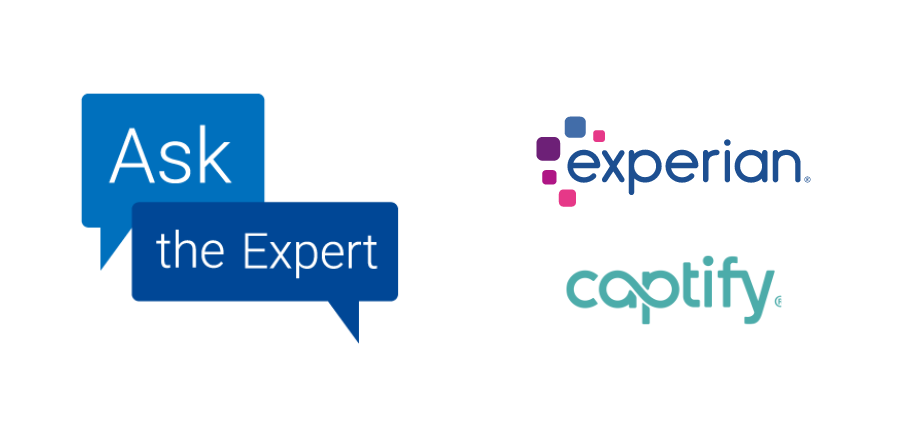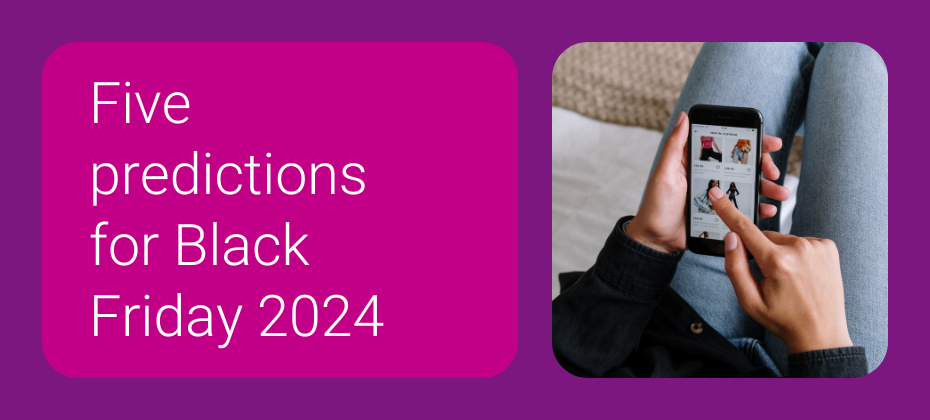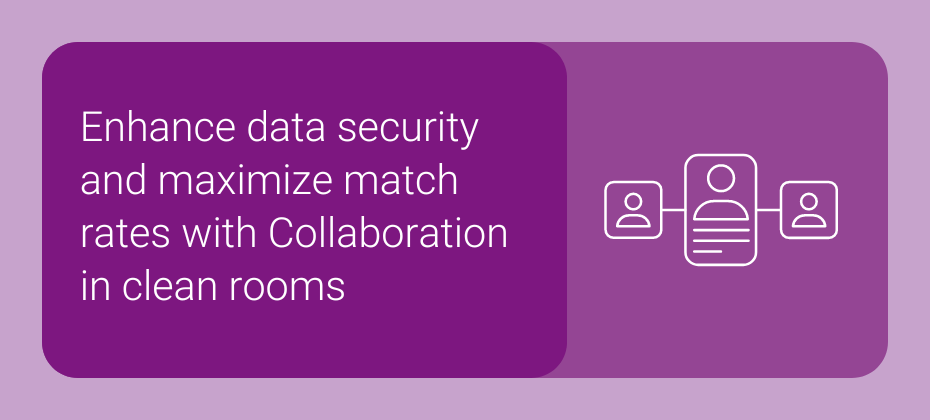
This summer’s games in Paris represent an extraordinary opportunity to connect with sports audiences on a global scale. As we anticipate this momentous event that happens once every four years, it’s clear that the passion and excitement surrounding sports are more vibrant than ever. With one billion viewers expected to tune in, now is the time to take advantage of the fervor of sports fans and tailor your strategies to resonate with this audience.
In this blog post, we’ll explore audience segments that can maximize the impact of sports and influencer marketing campaigns, drawing inspiration from the anticipation of this summer’s games.
What are the benefits of advertising in sports?
Before we explore these audience segments, first let’s review three benefits of advertising in sports.
Increase product awareness
Sports viewers are less likely to skip commercials, so you can increase product awareness by reaching more engaged consumers. Reach current customers during sports games to remind them of your products and inspire more purchases.
Build a strong connection with dedicated fans
Fans exhibit unwavering loyalty to their teams, staying dedicated whether their team wins or loses. This loyalty is highly beneficial for brands, as loyal fans are not only enthusiastic spenders but also form lasting, meaningful connections with the brand.
Improve audience targeting
Live sports are now available to watch on many streaming services like Peacock and Amazon, allowing marketers to better choose and target audience segments across connected TV (CTV) to deploy more personalized ads – something that is limited with traditional TV sports broadcasting.
When you work with Experian, you work with the #1 ranked data provider that gives you access to demographic and behavioral targeting that allows you to reach consumers based on who they are, where they live, and what they do.
To fully take advantage of the benefits of sports advertising, here are the audience segments we recommend targeting to drive engagement and conversion.
Sports fans

Harnessing the enthusiasm of sports fans can drive powerful engagement and brand loyalty. Align your campaigns with major sporting events, teams, or athletes to tap into the emotional connection fans have with their favorite sports or countries.
Here are 10 audience segments that you can activate to target sports fans:
- Likely to be a sports enthusiast: Lifestyle and Interests (Affinity) > Activities and Entertainment >
- MLB Enthusiasts
- NASCAR Enthusiast
- NBA Enthusiasts
- NFL Enthusiasts
- NHL Enthusiasts
- PGA Tour Enthusiasts
- Travels to see professional sports: Travel Intent > Activities > Professional Sports Event
- NEW! Pickleball enthusiast: Retail Shoppers: Purchase Based > Sporting Goods, Apparel > Pickleball Enthusiast
- NEW! Wilderness sports and camping enthusiasts: Retail Shoppers: Purchase Based > Outdoor Activities > Wilderness Sports and Camping Enthusiasts
Worldview
WorldView offers immediate access to essential demographic and consumer data using advanced satellite technology and machine learning. Marketers planning campaigns ahead of this summer’s games can use WorldView to understand their audience, optimize distribution, and identify untapped market areas across 90 countries. With WorldView, you can benchmark performance, visualize customer data, and create a consistent global audience strategy for digital activation. This comprehensive solution provides valuable insights for location planning, data enrichment, and targeted digital advertising, without relying on personal information, making it ideal for geo-targeted marketing approaches.
Sporting events and travel beyond this summer’s games
While this summer’s games are a major draw, there are still many sports fans who may prefer events that aren’t connected to the summer games during this time. You can pair our Travel Intent > Activities > Professional Sports Event audience with our Lifestyle and Interests (Affinity) > Sports and Recreation > Sports Enthusiast audience to target individuals who have expressed interest in attending sporting events or traveling for sports-related activities.
We can deliver our syndicated audience segments to 30+ activation platforms, which means we have a solution however you want to consume and use our data.
Sports spectators

Enhancing the experience of sports spectators can create memorable moments and lasting impressions. Target individuals interested in attending sporting events, promote ticket sales, VIP experiences, and exclusive merchandise to elevate their game-day experience and foster a sense of belonging within the sports community.
Here are 7 audience segments that you can activate to target sports spectators:
- Interested in sports: Lifestyle and Interests (Affinity) > Sports (FLA / Fair Lending Friendly)*
- Baseball (FLA / Fair Lending Friendly)
- Football (FLA / Fair Lending Friendly)
- Visits sports venues: Mobile Location Models > Visits >
- College Sport Venues
- NFL Stadium Visitors
- University Stadium College Football Visitor
- MLB Stadium Visitors
You can also develop targeted advertising campaigns promoting travel packages or hotel deals around Paris. Highlight proximity to this summer’s games, special experiences, or exclusive offers for travelers during this summer’s games season. By targeting specific travel preferences and behaviors, you can capture the attention of individuals planning trips around this summer’s games. When you work with Experian, you work with a single data provider that gives you access to audiences across multiple verticals and categories like travel and retail.
Sporting goods shoppers

You can use Experian audiences to reach consumers interested in sports and fitness ahead of the summer games. Targeting individuals in the market for sports equipment and apparel can help you reach those actively seeking sporting goods. By focusing on this segment, you can increase conversion rates and optimize ad spend by reaching an audience already inclined toward sports and fitness shopping.
Here are 6 audience segments that you can activate to target consumers who are spending on sports apparel:
- NEW! Wears athleisure: Retail Shoppers: Purchase Based > Sporting Goods, Apparel > Athleisure Sportswear Apparel
- Women’s activewear high spenders: Retail Shoppers: Purchase Based > Apparel > Women’s Activewear / Yoga: Online High Spenders
- Men’s activewear high spenders: Retail Shoppers: Purchase Based > Apparel > Men’s Apparel (Clothing): Men’s Activewear: High Spenders
- Athletic footwear high spenders: Retail Shoppers: Purchase Based > Apparel > Footwear (Shoes): Athletic Footwear: High Spenders
- Golf equipment frequent spenders: Retail Shoppers: Purchase Based > Sporting Goods, Apparel > Golf Equipment, Apparel, Entertainment Frequent Spenders
- Sporting goods shoppers: Mobile Location Models > Visits > Sporting Goods Shoppers
Athletes

For brands catering to athletes and sports enthusiasts, targeting active players is crucial. Offer products, training tips, and motivational content that inspire and empower them to excel in their chosen sports.
Here are 5 audience segments that you can activate to target athletes:
- Likely to play sports: Lifestyle and Interests (Affinity) > Sports and Recreation
- Plays Hockey
- Plays Soccer
- Plays Tennis
- Likely to play golf: Lifestyle and Interests (Affinity) > Activities and Entertainment > Play Golf
- NEW! E-motion riders: Retail Shoppers: Purchase Based > Outdoor Activities > EMotion Riders E-Scooters E-Bikes E-Skateboards
Influencer marketing campaigns
Collaborate with influential athletes or sports personalities to create sponsored content that resonates with sports fans. You can pair our Social media heavy user audience with our Likely to be a sports enthusiast and TrueTouch conversion channel audiences to reach those who are likely to be influenced by endorsements from celebrities or athletes.
Targeted advertising in sports with Experian audiences
By using Experian’s syndicated audiences in sports advertising, you can reach sporting goods shoppers, passionate sports fans, active players, and enthusiastic spectators. Our deep understanding of people in the offline and digital worlds provides you with a persistent linkage of personally identifiable information (PII) data and digital identifiers, ensuring you rich insights, accurate targeting across devices, improved addressability, and measurable advertising.
Just as athletes strive for excellence, with the right approach, your advertising in sports initiatives will stand out as champions in the arena of consumer engagement. Can’t find the audience you’re looking for or need a custom audience? Connect with our audience team for more information.
You can activate our syndicated audiences on-the-shelf of most major platforms. For a full list of Experian’s syndicated audiences and activation destinations, download our syndicated audiences guide.
Check out other seasonal audiences you can activate today.
Footnote
* “Fair Lending Friendly” indicates data fields that Experian has made available without use of certain demographic attributes that may increase the likelihood of discriminatory practices prohibited by the Fair Housing Act (“FHA”) and Equal Credit Opportunity Act (“ECOA”). These excluded attributes include, but may not be limited to, race, color, religion, national origin, sex, marital status, age, disability, handicap, family status, ancestry, sexual orientation, unfavorable military discharge, and gender. Experian’s provision of Fair Lending Friendly indicators does not constitute legal advice or otherwise assures your compliance with the FHA, ECOA, or any other applicable laws. Clients should seek legal advice with respect to your use of data in connection with lending decisions or application and compliance with applicable laws.
Latest posts

Have you wondered how the shift toward real-time data is reshaping the way companies connect with consumers? Traditional methods of third-party data collection and…

It’s hard to believe, but it’s almost time again for marketers to begin their holiday campaign preparations. Leading up to these preparations, it’s important…

At Experian, we power data-driven advertising through connectivity. Today, we’re excited to introduce our newest offering, which helps drive that connectivity: Experian’s Collaboration in…